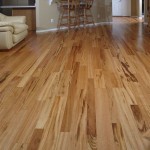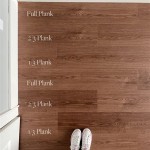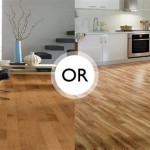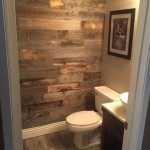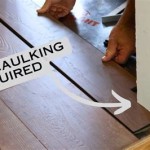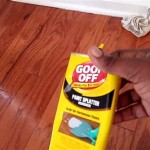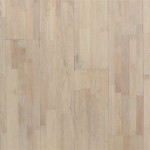Essential Considerations When Evaluating Herringbone Wood Flooring References
Herringbone wood flooring, with its striking zigzag pattern, has become a popular choice for homeowners seeking a unique and sophisticated flooring option. However, selecting the right herringbone flooring can be a daunting task, especially when faced with numerous references. To assist you in making an informed decision, this article highlights the essential aspects to consider when reviewing herringbone wood flooring references.
1. Material and Construction
Herringbone flooring is available in various wood species, from oak and maple to walnut and exotic hardwoods. Each species offers distinct characteristics, such as grain pattern, durability, and color. Consider the specific requirements of your space, including foot traffic and desired aesthetic, when choosing the appropriate wood type.
2. Thickness and Width
The thickness of your herringbone flooring determines its stability and resistance to wear. Thicker planks are generally more durable and suitable for high-traffic areas. Conversely, wider planks can create a more dramatic visual impact and accentuate the herringbone pattern.
3. Surface Treatment and Finish
The surface treatment and finish of your flooring affect its appearance and durability. Brushed herringbone floors have a textured surface that highlights the wood's natural grain. Distressed herringbone floors showcase a weathered or antique look. Choose a finish, such as oil or lacquer, that complements the aesthetic of your home and provides the desired protection against wear and tear.
4. Installation Method
Herringbone wood flooring can be installed in several ways, including nailing, stapling, or gluing. Each method has its advantages and disadvantages. Nail-down herringbone floors offer superior stability and durability, while stapled herringbone floors are less invasive and allow for easier repairs. Glued herringbone floors provide a seamless appearance but require professional installation.
5. Cost and Maintenance
Herringbone wood flooring typically incurs higher costs compared to traditional strip or plank flooring. The price can vary depending on the wood species, thickness, finish, and installation method. It is essential to factor in the ongoing maintenance costs associated with herringbone flooring, which may include periodic cleaning, waxing, or refinishing.
6. Architectural Style and Decor
Herringbone wood flooring can complement various architectural styles, from traditional to modern. Consider the existing décor of your home when selecting a herringbone flooring pattern. A bold herringbone pattern can create a striking focal point, while a subtle herringbone pattern can blend seamlessly with your existing furnishings.
7. Warranties and Certifications
Review the warranties and certifications offered by the manufacturer of your herringbone wood flooring. Warranties typically cover defects in materials or workmanship, while certifications indicate that the flooring meets certain industry standards. These factors can provide peace of mind and protect your investment.
By thoroughly reviewing these essential aspects, you can make an informed decision when selecting herringbone wood flooring for your home. Remember to consider your specific needs and preferences to find the perfect flooring option that enhances the style and functionality of your space.

Vinyl Vs Hardwood And Herringbone Flooring Details As Told By Mice

Chevron Parquet Vs Herringbone Flooring365 Blog

Herringbone Flooring 5 Things To Consider Blog

Parquet Herringbone Wood Flooring With Border Craftedforlife

Choosing The Right Herringbone Flooring Flooring365 Blog

Parquet Herringbone Wood Flooring With Double Border London

Konig Prestige Oak Robust Fumed Herringbone Wood Floor

Herringbone Flooring With Border And Tramline Craftedforlife

Vinyl Vs Hardwood And Herringbone Flooring Details As Told By Mice

Barn Oak Laminate Herringbone Parquet Flooring Ac4 Rated Wood Floor
See Also
